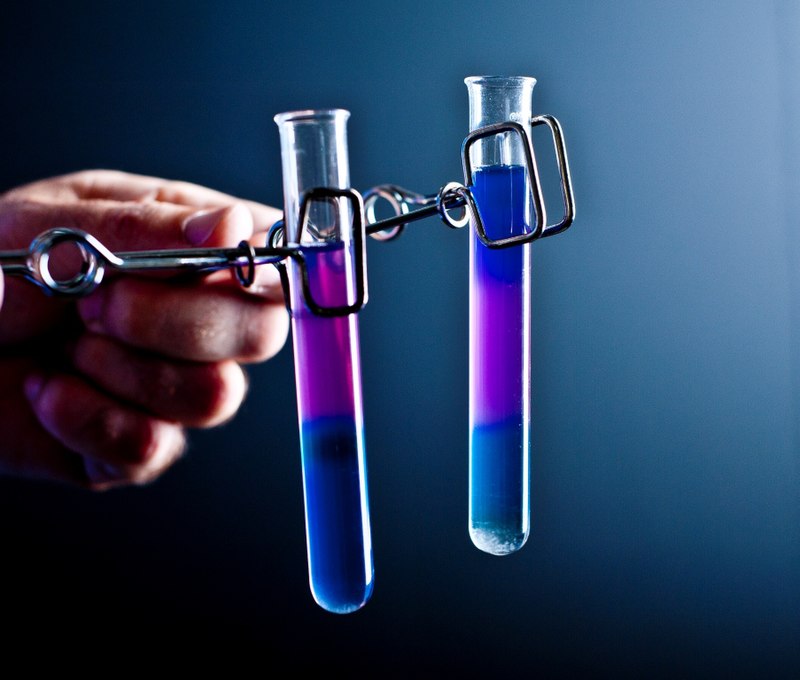A chemical reaction is a process in which one or more substances (reactants) undergo a chemical transformation to form one or more different substances (products). During a chemical reaction, chemical bonds between atoms in the reactants are broken and new bonds are formed to create the products. Chemical reactions are central to understanding chemistry and occur all around us, from the combustion of fuels to the digestion of food.
Here are some key concepts related to chemical reactions:
Reactants and Products:
Reactants: These are the substances that undergo the chemical change in a reaction. They are written on the left side of a chemical equation.
Products: These are the substances that are formed as a result of the chemical reaction. They are written on the right side of a chemical equation.
Chemical Equations:
Chemical reactions are typically represented by chemical equations, which show the reactants and products involved in the reaction.
Chemical equations must satisfy the law of conservation of mass, meaning that the total mass of the reactants must equal the total mass of the products.
Balancing chemical equations involves adjusting coefficients (numbers placed in front of compounds) to ensure that the number of atoms of each element is the same on both sides of the equation.
Types of Chemical Reactions:
Synthesis (Combination) Reactions: Two or more substances combine to form a single product.
Example:
�
+
�
→
�
�
A+B→AB
Decomposition Reactions: A single compound breaks down into two or more simpler substances.
Example:
�
�
→
�
+
�
AB→A+B
Single Replacement (Substitution) Reactions: One element replaces another element in a compound.
Example:
�
+
�
�
→
�
�
+
�
A+BC→AC+B
Double Replacement (Metathesis) Reactions: Two compounds exchange ions to form two new compounds.
Example:
�
�
+
�
�
→
�
�
+
�
�
AB+CD→AD+CB
Combustion Reactions: A substance reacts with oxygen, often producing heat and light.
Example:
�
�
�
�
+
�
2
→
�
�
2
+
�
2
�
C
x
H
y
+O
2
→CO
2
+H
2
O
Acid-Base Reactions (Neutralization): An acid reacts with a base to produce a salt and water.
Example:
�
�
�
+
�
�
�
�
→
�
�
�
�
+
�
2
�
HCl+NaOH→NaCl+H
2
O
Reaction Rates and Kinetics:
The rate of a chemical reaction is the speed at which reactants are consumed and products are formed.
Factors affecting reaction rates include temperature, concentration of reactants, surface area, and the presence of catalysts.
Reaction mechanisms describe the series of individual steps that occur during a complex chemical reaction.
Energy Changes:
Chemical reactions involve energy changes.
Exothermic Reactions: Release energy in the form of heat or light.
Endothermic Reactions: Absorb energy from the surroundings.
Understanding chemical reactions is fundamental to many scientific disciplines, including chemistry, biology, and environmental science. It allows us to explain and predict the behaviour of substances and design processes for various applications, from industrial synthesis to environmental remediation.

